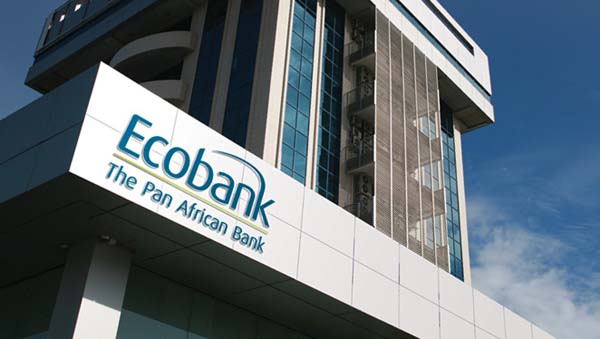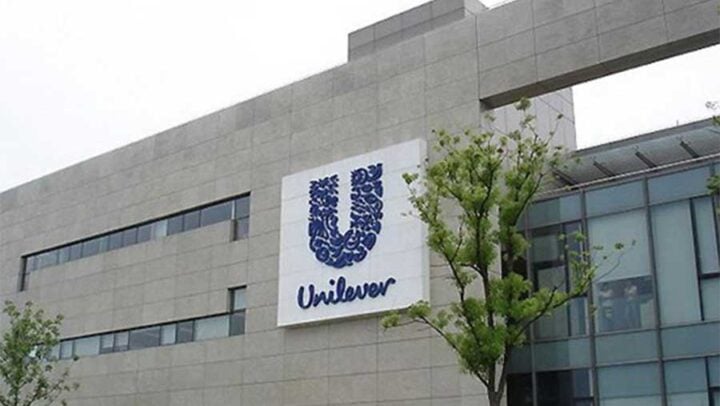Ecobank Transnational Inc. applied a low cost and margin improvement approach to push up profit by 26 per cent year-on-year to N38 billion in the first quarter ended March 2022. This is the same strategy that worked for the pan-African bank last year when it jerked up profit margin and multiplied profit four times to N143 billion in the full year.
The bank’s unaudited financial report for the three months ended March 2022 shows a sustaining operating strength in growing profit well ahead of revenue. This follows continuing weight reduction on the side of costs that is stretching out margins for the second year.
The 26 per cent profit advance for the quarter was achieved from a 14 per cent increase in gross earnings — which amounted to N245 billion. Cost-saving from two major cost lines tilted the bank’s cost-income balance favourably to spur profit growth.
The first is a drop of 8 per cent in impairment charges on financial assets to slightly below N21 billion at the end of the quarter. This is further progress from a 5 per cent decline in loan impairment charges at the end of last year but the closing figure still remained huge at about N83 billion.
Advertisement
While credit loss expenses look likely to remain large again this year on the bank’s nearly N4 trillion customer loan portfolio, the reduction is adding to the strength of profit improvement.
The second cost-saving area is operating cost which is slowing down for the second year. It grew by 8 per cent year-on-year to over N105 billion in the first quarter compared to the 14 per cent increase in gross earnings.
The cost savings impacted margins positively and provided the bank’s management with the strength to keep the profit on the high growth trajectory in the first quarter. Loan loss expenses claimed a reduced share of net interest income at 21 per cent, down from 24 per cent in the same period last year.
Advertisement
Also, operating expenses claimed a reduced proportion of gross earnings at 42.9 per cent compared to 45.6 per cent over the same period.
With the cost savings, ETI improved its ability to convert revenue into profit. It converted 15.5 kobo of the naira of revenue into after tax profit in the first quarter. This is an improvement from 14.2 kobo in the first quarter of last year. It is also a slight improvement from a 15 per cent profit margin at the end of 2021.
The rising cost of funds is however presenting a major challenge to the bank, which was equally the case last year. At N56.8 billion at the end of the first quarter, interest expenses rose two and half times as fast as interest earnings at 30 per cent compared to 12 per cent.
The growth pattern makes a worse reading than last year’s records when interest expenses grew by 19 per cent against an increase of 13 per cent in interest income. The position this year shows rapidly growing interest expenses and slowing interest earnings.
Advertisement
In effect, the cost of funds claimed an increased proportion of interest income at 36.4 per cent in the first quarter, rising from 31.5 per cent in the same period in 2021.
Net interest income, therefore, recorded a moderated growth of 4 per cent to a little over N99 billion, which is a slowdown from a 9 per cent increase recorded at the end of last year.
Interest income amounted to N156 billion in the first quarter, representing roughly 64 per cent of gross income. Non-interest revenue grew ahead of interest earnings by 19 per cent to stand at over N82 billion at the end of the first quarter. Its contribution to gross earnings improved from 32.2 per cent to 33.5 per cent over the review period.
The earnings outlook for the bank indicates that pressure from the cost of funds will intensify in the coming quarters with the increase in Nigeria’s benchmark interest rate and the significant weight of Nigerian operations in the bank’s group results.
Advertisement
The number to watch is the slowly improving net interest income that could easily flip over to a decline with further encroachment of interest expenses. The bank’s management may be left with the only option of stepping up non-interest earnings for it to hold profit from slowing down.
Advertisement
Add a comment







